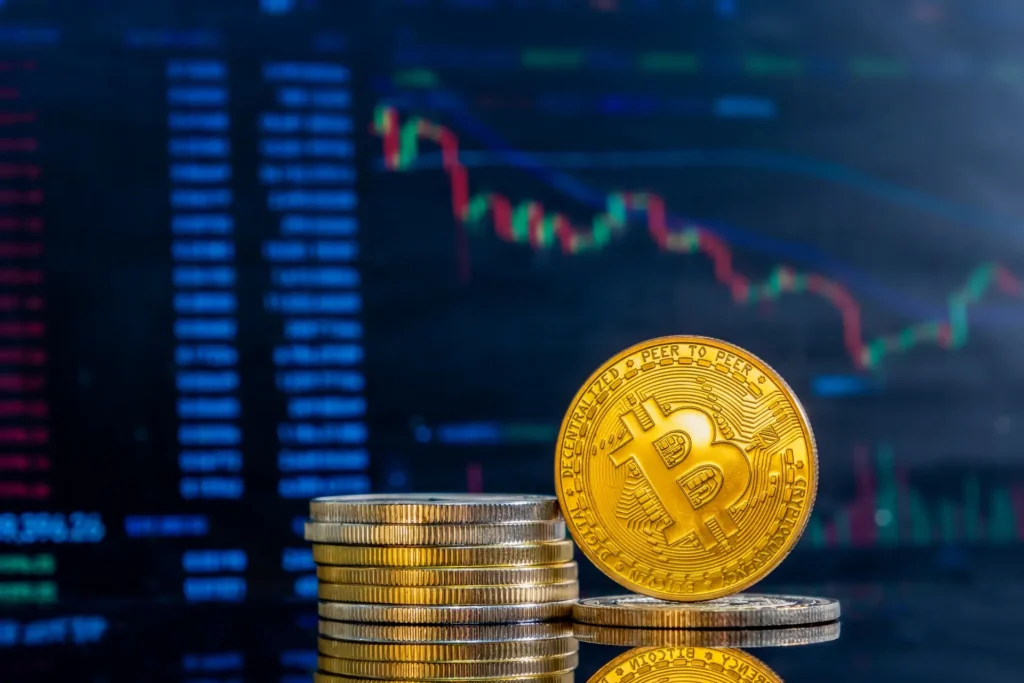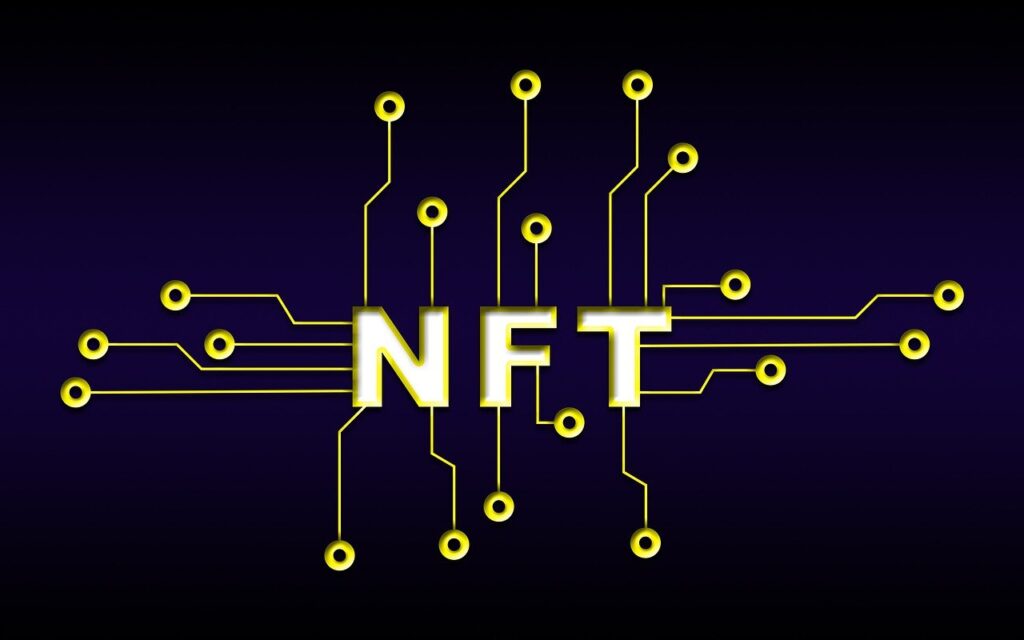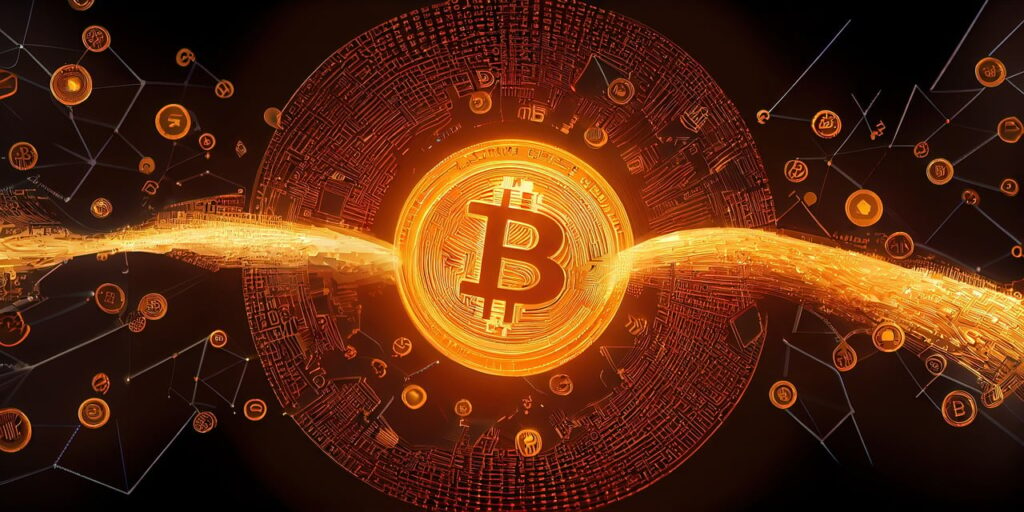Table of Contents
- 1 Understanding the Role of Stablecoins in the Crypto Market
- 2 Stablecoins: Bridging the Gap Between Crypto and Traditional Finance
- 3 Real-World Applications of Stablecoins
- 4 Driving the Digitization of Finance
- 5 Potential for Financial Inclusion
- 6 Risks and Challenges of Stablecoins
- 7 Case Study: The Collapse of TerraUSD
- 8 Conclusion
Understanding the Role of Stablecoins in the Crypto Market
Stablecoins provide a stabilizing element to the crypto world by assuring stability in a generally volatile market. These digital assets are typically pegged to traditional asset classes such as fiat currency like the US dollar, commodity like gold, or even other cryptocurrencies, which allows them to hold value relatively stable. In this blog post, we will look at the definition of stablecoins, their growing adoption, their influence on financial inclusion, and the risks and regulatory environment surrounding them, including a view at the demise of TerraUSD.
Stablecoins: Bridging the Gap Between Crypto and Traditional Finance
Stablecoins have the potential to revolutionize finance by combining the benefits of digital assets with the stability of fiat. They can promote financial inclusion, reduce the cost of transactions, and accelerate the global movement toward digital finance. However, as demonstrated by TerraUSD, the risks are real and must be treated with caution.
As the stablecoin industry continues to expand, users and investors will need to be aware and educated. With appropriate regulatory and technical safeguards, stablecoins can become powerful tools in creating a future that is more diverse, accessible, efficient, and safe.
Real-World Applications of Stablecoins
Stablecoins have the potential to transform the global financial landscape by making financial services more accessible, especially in underserved regions. Here are several ways they are already making a difference:
- Storing Value: For individuals without access to traditional banks, stablecoins offer a secure and accessible way to store wealth.
- Peer-to-Peer Payments: They enable fast, low-cost payments between individuals, ideal for remote areas with limited banking infrastructure.
- Access to Financial Services: Stablecoins open doors to loans, investments, and other financial products, helping users build financial security.
- E-commerce & Online Payments: Stablecoins make online shopping more convenient and secure, expanding access to digital marketplaces.
- Remittances: Sending money across borders becomes cheaper and faster, offering a better alternative to traditional remittance services.
- Microloans for Small Businesses: Stablecoin-based lending allows small entrepreneurs to access capital more easily, driving local economic growth.
Driving the Digitization of Finance
While the world is migrating to digital financial systems, stablecoins are one of the effective means to cut cash dependence. Their ease and efficiency not only can lower transaction costs but also can foster more transparent, secure, and hence the whole financial ecosystem.
Stablecoins are quickly becoming a top choice in the digital circle, although regulatory challenges are there to be sorted out, as global transaction enterprises tied to their inherent advantages are topping the discussions.
Potential for Financial Inclusion
Stablecoins can be a game-changer in terms of financial inclusion, providing access to financial services to the underbanked and unbanked people. The lack of financial resources is compensated for by stablecoins in places that have weak currency and where there is limited access to banking services.
The sphere of possibilities that stablecoins unlock is vast. Going from giving out small business credits as microloans to streamlining the process of transferring money, stablecoins are able to empower people and local societies contribute more to the whole world’s economy.
Risks and Challenges of Stablecoins
Despite their promise, stablecoins are not without risk. Here are some key concerns:
- Market Volatility: Although more stable than traditional crypto assets, stablecoins can still fluctuate, particularly those not backed by real reserves.
- Fraud and Scams: As with any financial tool, bad actors may exploit users. It’s crucial to use only well-known and regulated stablecoin providers.
- Regulatory Uncertainty: Many jurisdictions have not yet fully defined the legal status of stablecoins, creating ambiguity for users, developers, and investors.
- Technological Risks: Stablecoins rely on evolving blockchain infrastructure, which can be susceptible to bugs, hacks, or systemic issues.
Understanding these risks is essential for anyone looking to use or invest in stablecoins.
Case Study: The Collapse of TerraUSD
The downfall of TerraUSD (UST) in May 2022 serves as a stark reminder of the risks associated with algorithmic stablecoins. Designed to maintain a 1:1 peg with the US dollar, UST lost its peg and rapidly declined in value, leading to a market crash that wiped out over $40 billion in investor funds.
Several factors contributed to this collapse:
- Sell-off of LUNA: UST was stabilized through a complex mechanism involving LUNA, its sister token. A massive sell-off of LUNA destabilized the peg, causing UST’s price to plummet.
- Anchor Protocol Withdrawals: The protocol offered high yields for UST deposits, attracting users. As withdrawals surged, demand for UST dropped sharply, further pushing its value down.
- Bitcoin Price Decline: A broader downturn in the crypto market, including a fall in Bitcoin’s price, led to a loss of confidence and further sell-offs.
- System Design Flaws: TerraUSD relied on incentives and penalties to maintain its peg. When stress tested, the system proved unstable and collapsed.
This event exposed the fragility of algorithmic stablecoins and highlighted the need for better safeguards, transparency, and regulatory oversight in the stablecoin space.
Conclusion
Stablecoins are one of the potential revolutions in finance that have the strengths of digital assets without losing the stability of traditional fiat. They can not only improve financial inclusion and smooth transactions but also be the fuel for digital finance to go global. Nevertheless, the incident of TerraUSD that came as a shock to the community proved that the threats are genuine, and the management should carefully handle them.
The evolution of the stablecoin sector will require the vigilance and education of both investors and users. It is plausible that stablecoins become a solid instrument of a more inclusive, efficient, and secure financial future, given the proper mix of regulation and technology.
















